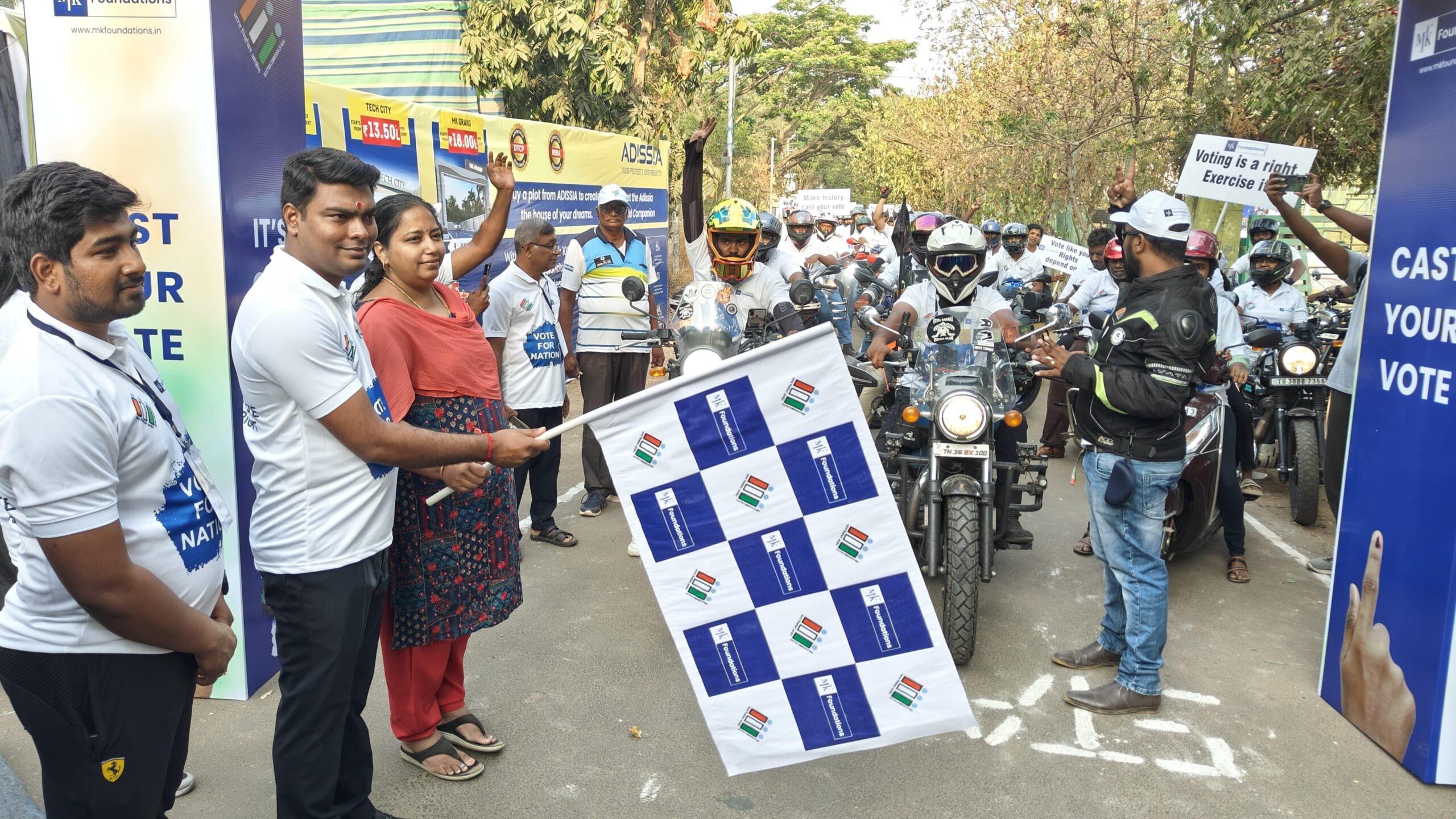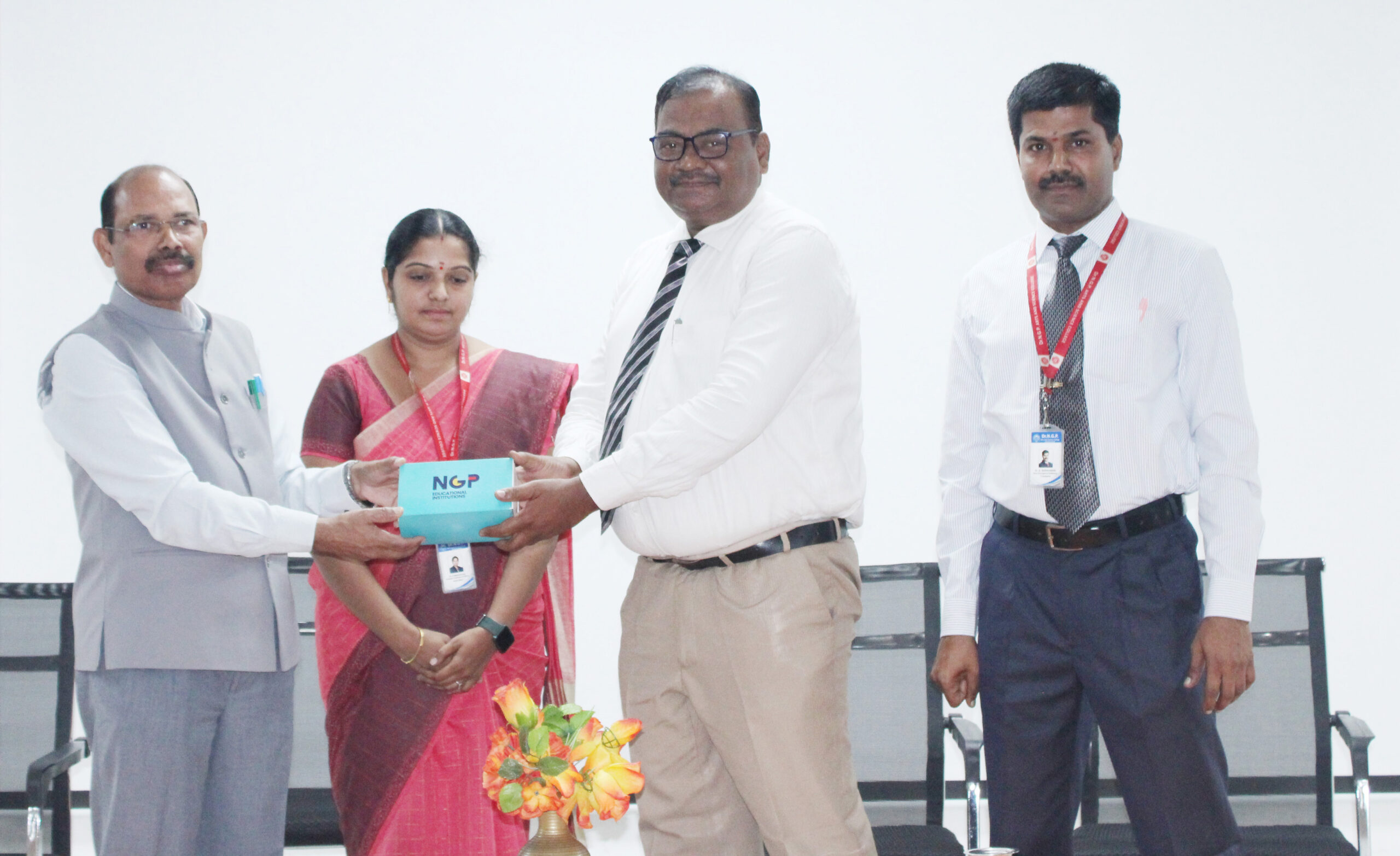Trending Now
- IPL 2024 begins with a bang. First contest between CSK and RCB.
- Election commission allots mike symbol to Naam Thamizhar Katchi
- AIADMK promises to urge for AIIMS in Coimbatore, in its election manifesto.
- Ponmudi becomes higher education minister.
Coimbatore
A tribute to the bird-woman of the blue mountains
![]() June 30, 2017
June 30, 2017
Udhagamandalam: Women are known to have played a major role in the genesis of Indian Ornithology, but sadly their contributions have often been relegated to the backseat in a field which has long been considered as the exclusive preserve of men.
Lady Elizabeth Gwillim (1763-1807), the wife of Sir Henry Gwillim, a Madras High Court judge; Mrs Elizabeth Gould, the wife of the English Ornithologist John Gould; and Lady Mary Impey (1749-1818), the wife of Sir Elijah Impey, the chief justice of Bengal in Warren Hasting’s time, are a few who despite their wonderful work on Indian birds, remain largely unknown,lamented P.J.Vasanthan, an authority on birds while interacting with the Covai Post here.
Averring that if the unofficial honour of being known as the ‘First Bird-woman of India’ belongs to Lady Impey, it is to Miss Margaret Bushby Lascelles Cockburn the honour of being addressed as the ‘First Bird-woman of the Nilgiris’ rightly belongs,he points out that her birth anniversary falls on July
2.Regrettably very few are aware of it.
Born to Montague Dundas Cockburn, a Scottish Planter and British Administrator, and Catherine Jane Lascelles after whom the scenic Catherine Falls near Kotagiri is named, Miss Cockburn (2 July 1829 – 26 March 1928) was born at Salem where her father was then the Collector.
Not much is known about her early life except that her father is credited with having created the first coffee estate at Kotagiri in 1843 near present day Kanuhatty.
She seems to have spent the evening of her life at Longwood, Kotagiri and rests at the local European Cemetery.
The departure of T. C. Jerdon, British Physician and Ornithologist from the Nilgiri scene somewhere around the late 1840s, coupled with unrests elsewhere made ornithology insignificant in this district and it wasn’t until the 1850s that it made its re-emergence in the form of a series of bird paintings made by Miss Cockburn in 1858.This has been praised by many as showing clear colour and other details.
Dr.Vasanthan said that the collection originally titled ‘Neilgherry Birds and Miscellaneous’ has been recently reproduced as a diary by the National History Museum at London.
If the credit of systematically describing the birds of the peninsula in general and this district in particular goes to Jerdon, it is to Miss Cockburn the credit for describing the details of their nesting habits rightly belongs.
The father of Indian Ornithology, Allan Octavian Hume, describes her as one of his most dependable correspondents, for she has reported with stunning clarity, the breeding habits of nearly sixty-one species, and many of them are firsts. These are quoted in Hume’s monumental work ‘The Nests and Eggs of Indian Birds,’ published in 1889.
Although described by many sources as an amateur ornithologist, her notes reveal much more details about bird life than that of any professional.
It is quite a shame that such a lady who had made an immense contribution to science should have been honoured only by having a species named after her, Anthus cockburniae or the Rufous Rock-Pipit, which unfortunately is no longer considered valid.
She remains largely unknown except to a select few, but rests content true to the verses inscribed on the headstone of her grave, ‘I shall be satisfied when I awake with Thy likeness.’























